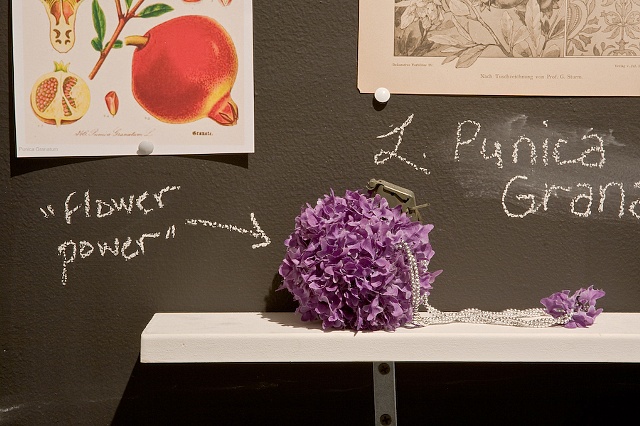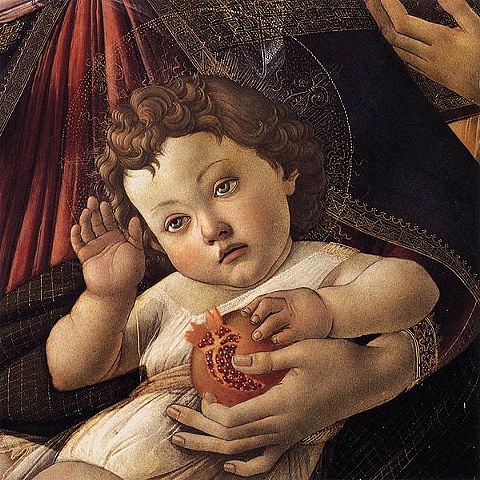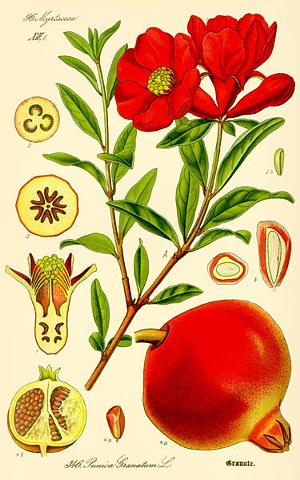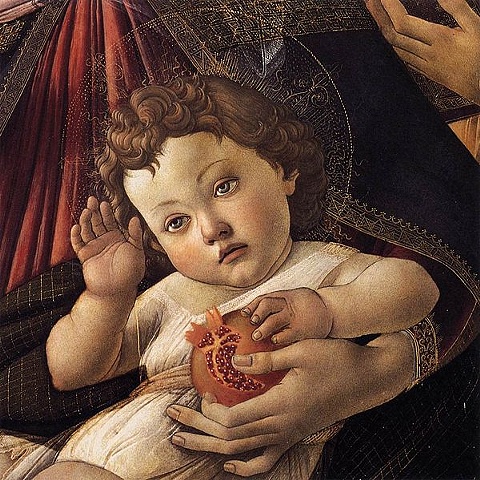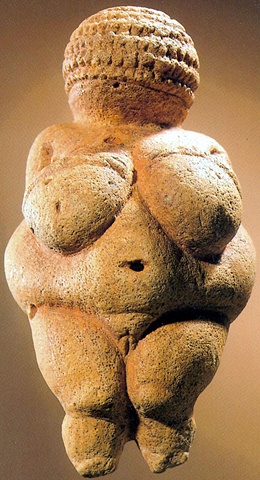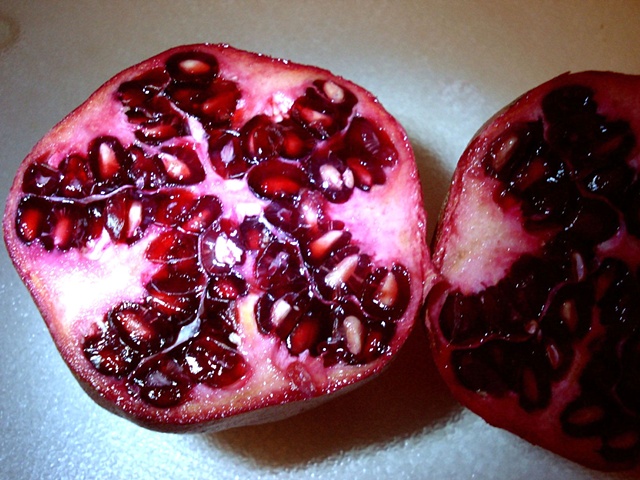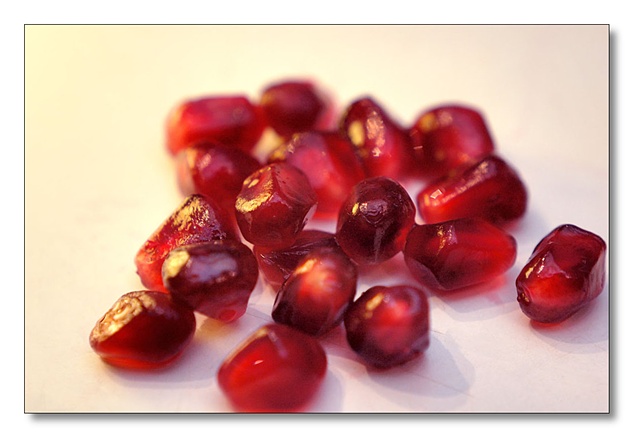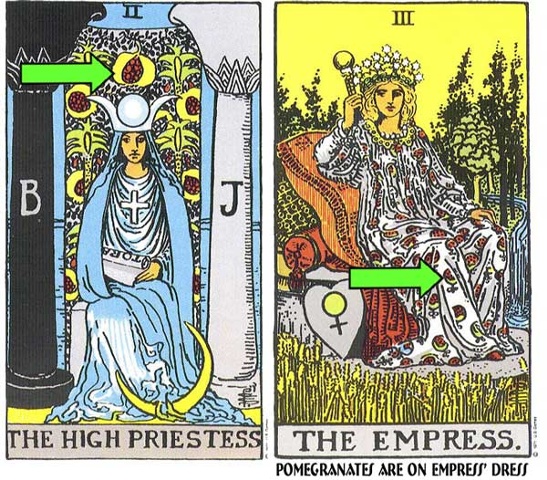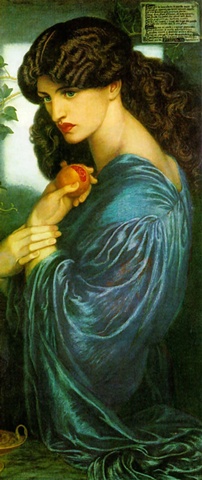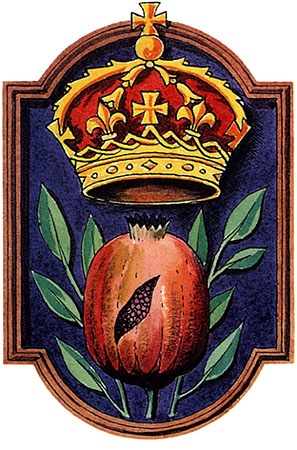Muse
Muse "Power/Style x 0.5 = War"
2008
Finestra Art Space, Chicago
MUSE "Power/Style x 0.5 = War"
Part of the "Visual Research: Varieties of Creative Experience" series at Finestra Art Space, curated by Deborah Doering
"If you framed your artistic practice (or this particular installation) in the language of scientific research, what would be the hypothesis of your visual work and what is the (hoped for) result?"
Did you know...
-Pomegranates are an ancient symbo
l of fertility?
-Pomegranates are said to be the fruit that Eve took from the Tree of Knowledge in the Garden of Eden?
-Grenades are named after Pomegranates?
-The word for grenade and the word for pomegranate are the same in Hebrew, French, Spanish, Italian, Indonesian, Russian?
-Grenadiers were the French soldiers in WWI who made up the front line to throw grenades?
-The recent rise of the pomegranate's popularity in the U.S. corresponds with the declaration and escalation of the War on Terror?
The many seeds embedded in the pulp of the fruit came to symbolize fertility; the entire fruit, goddesses like the Phoenician Astarte (or Ashtoreth), Demeter and Persephone(Latin Ceres and Proserpina), Aphrodite (Venus), and Athena. Pomegranate trees were planted on the graves of heroes, perhaps to ensure that they would have many successors.
In the mythology of the cult of Eleusis, Persephone would not have had to stay on in Hades after her abduction had she not eaten a pomegranate there; because she had, she could not dwell perpetually with the other gods but had to spend one third of each year in Hades. The mother of Attys was said to have become pregnant by touching a pomegranate tree.
In Rome, Juno was represented holding a pomegranate as a symbol of marriage. The tree, with its fragrant, fiery red blossoms, was also seen as a symbol of love and marriage, followed by childbirth. Brides wore wreaths made from its twigs. In the Judeo-Christian era, the symbolism was more spiritual, and the fruit came to refer to God's bountiful love.
The red juice of the pomegranate became a symbol of the blood of martyrs; the seeds enclosed in a single fruit, the individual Christians united in the Church community. Since the rind of the fruit is tough but its juice sweet, the pomegranate came to symbolize the priest: severe on the outside, indulgent on the inside. In baroque symbolism, the image of a pomegranate, split open to reveal its wealth of seeds, stood for generosity (charity, Hospitaler orders).
— Hans Biedermann, Dictionary of Symbolism,
translated from German by James Hulbert,
Facts On File, New York, 1992, pp. 271-272
Chicago Tribune Review, Alan Artner. August 2008
The Huffington Post Review, Victoria Lautman. August 2008






